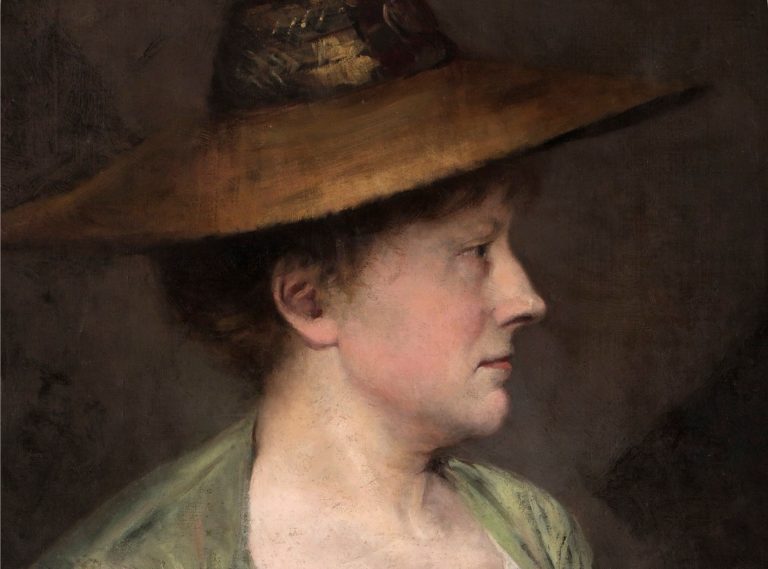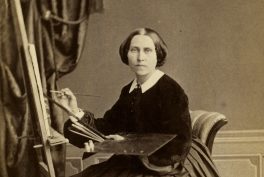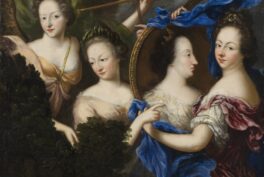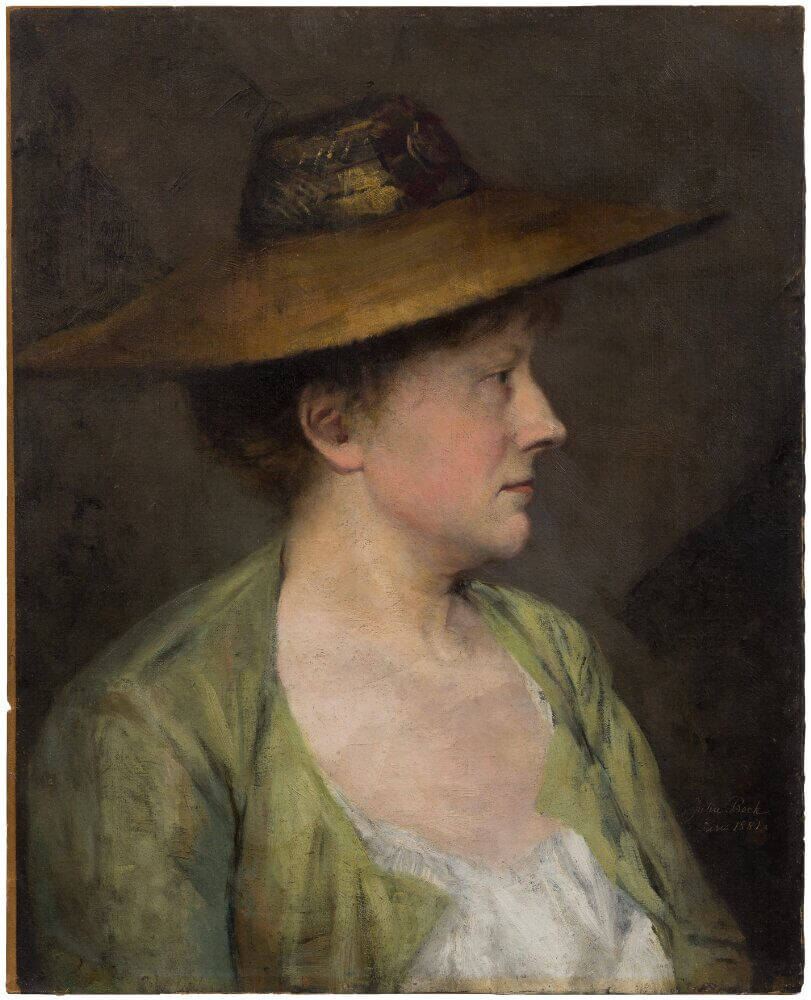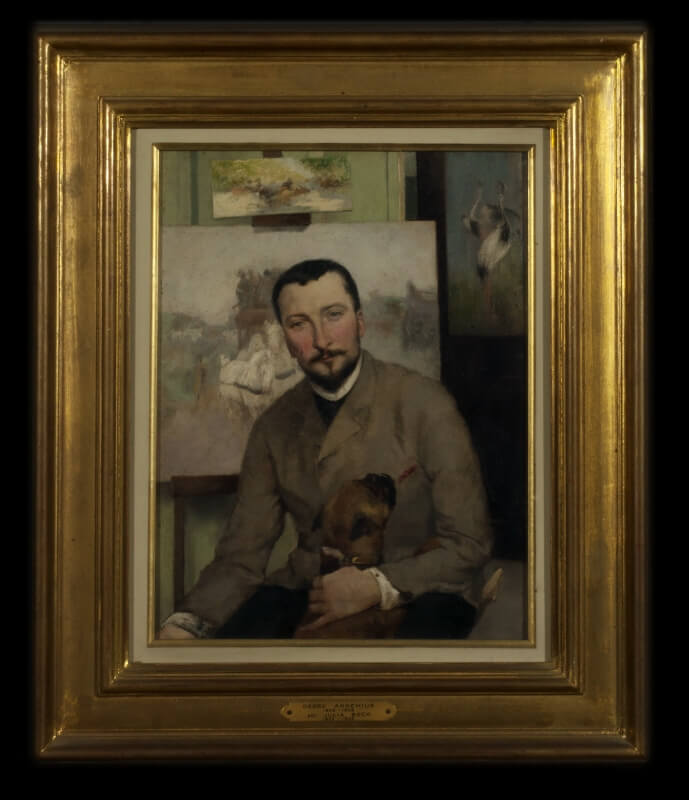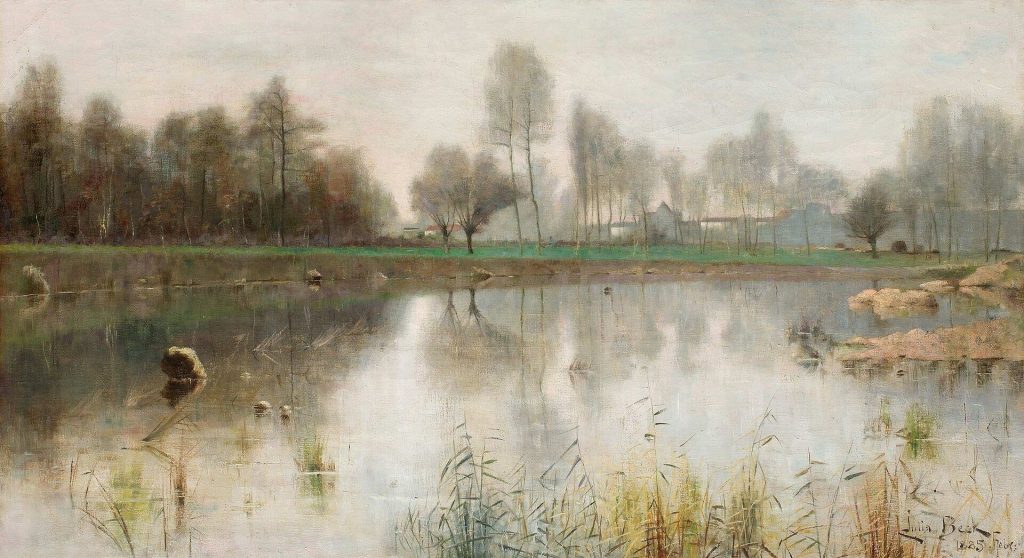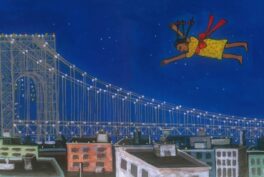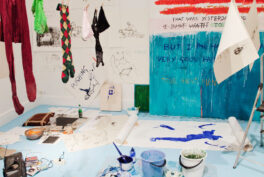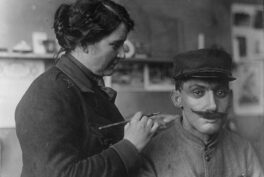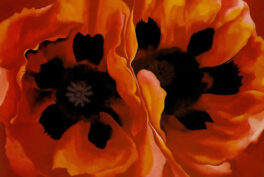Julia Beck was born in the mid-19th century in Stockholm and died in 1935, which gave her a chance to see and experience some of the biggest changes in art that happened in this period, such as the beginning of modern art itself.
Her parents had a bookbinding business, and she learned the craft of calligraphy and lettering early in life. This would later be an important way of earning money so she could sustain herself while dedicating time to her art.
After taking a five-year course at Konstakademien (Swedish Royal Academy of Fine Arts), where her realistic portraits were well received by the art connoisseurs, Beck set her way to Paris. In the city of lights, she enrolled at Academie Julien, one of the few art institutions in France that accepted women at the time. There she had the opportunity to experience firsthand the unique environment that was forming the first movements of modern art.
Life in Paris
Creative freedom and the possibility of living as an artist attracted Julia Beck to Paris. Even though she did not find the same opportunities as her male colleagues, she had a successful career. Beck exhibited her works at the Female Salon (Salon de l’Union des femmes peintres et sculpteurs) for many years and received commissions from the city’s art circles for her exquisite portraits.
